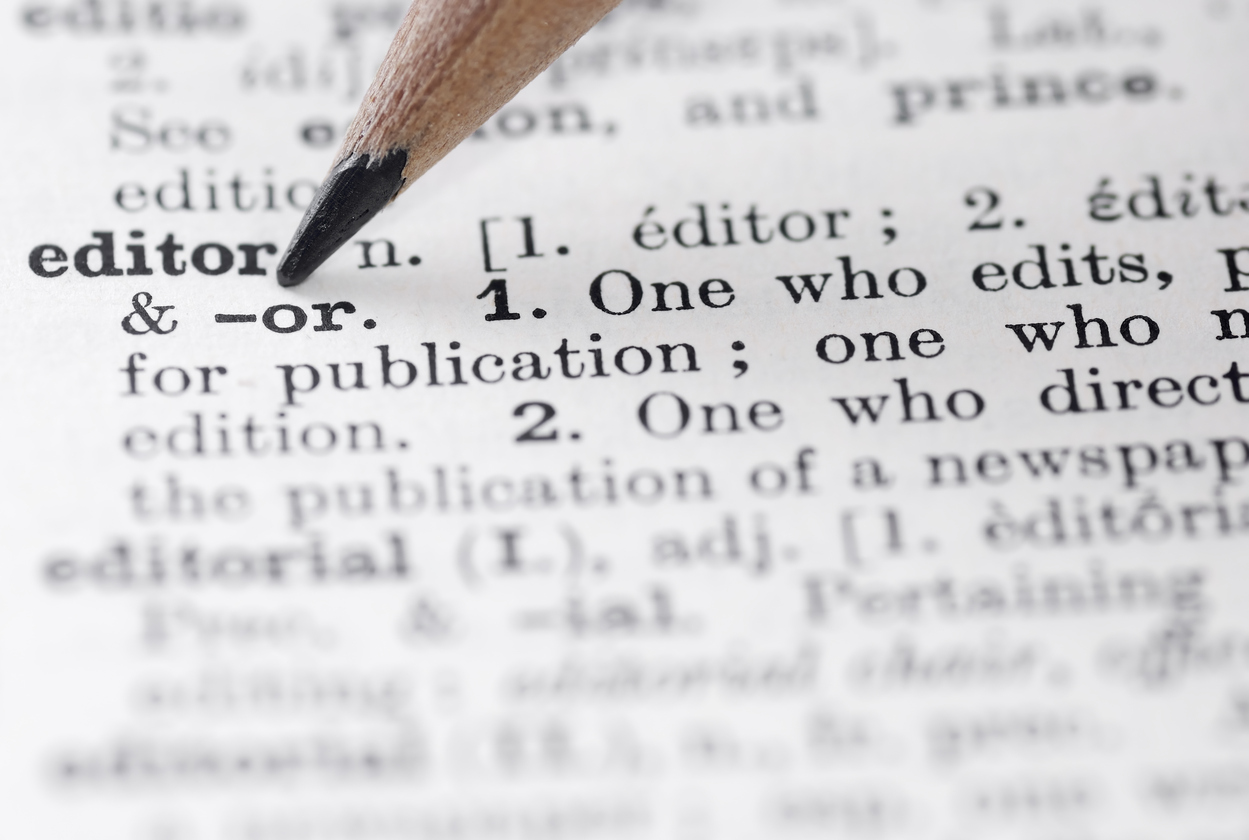 The open access movement has bolstered content dissemination worldwide, but it has also led to the rise of “predatory publishers.” Instead of prioritizing the quality of the content, predatory journals exist to take advantage of the pay-to-publish open access system, enforcing a lax or non-existent peer review system while charging authors processing fees to publish their work.
The open access movement has bolstered content dissemination worldwide, but it has also led to the rise of “predatory publishers.” Instead of prioritizing the quality of the content, predatory journals exist to take advantage of the pay-to-publish open access system, enforcing a lax or non-existent peer review system while charging authors processing fees to publish their work.
Researchers who are eager to publish – specifically early-career researchers – often get caught up in the predatory publisher cycle because they’re either unaware of the practices or have not verified a journal’s reputation.
A new investigation, spearheaded by Nature, found that dozens of academic journals have been recruiting fake editors and offering them a place on their editorial board.
To begin the investigation, Nature submitted a fake application for an editor position to 360 journals, ranging from legitimate titles to suspected predatory journals. Of the 360 journals, all of which were listed in either Journal Citation Reports (JRC), Directory of Open Access Journals (DOAJ), or Beall’s list (possible predatory journals), 48 accepted the faux editor application.
The fictitious CV sent to publishers was that of Anna O. Szust (ozust being the polish word for fraud), featuring a slew of fake scientific degrees, credits on books that don’t exist, and not one legitimate citation to her name or any work indexed in the Web of Science or Scopus.
(more…)


 The open access movement has bolstered content dissemination worldwide, but it has also led to the rise of “predatory publishers.” Instead of prioritizing the quality of the content, predatory journals exist to take advantage of the pay-to-publish open access system, enforcing a lax or non-existent peer review system while charging authors processing fees to publish their work.
The open access movement has bolstered content dissemination worldwide, but it has also led to the rise of “predatory publishers.” Instead of prioritizing the quality of the content, predatory journals exist to take advantage of the pay-to-publish open access system, enforcing a lax or non-existent peer review system while charging authors processing fees to publish their work.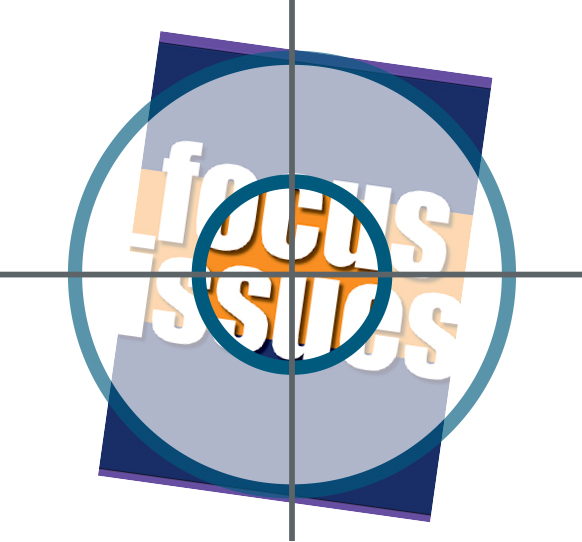
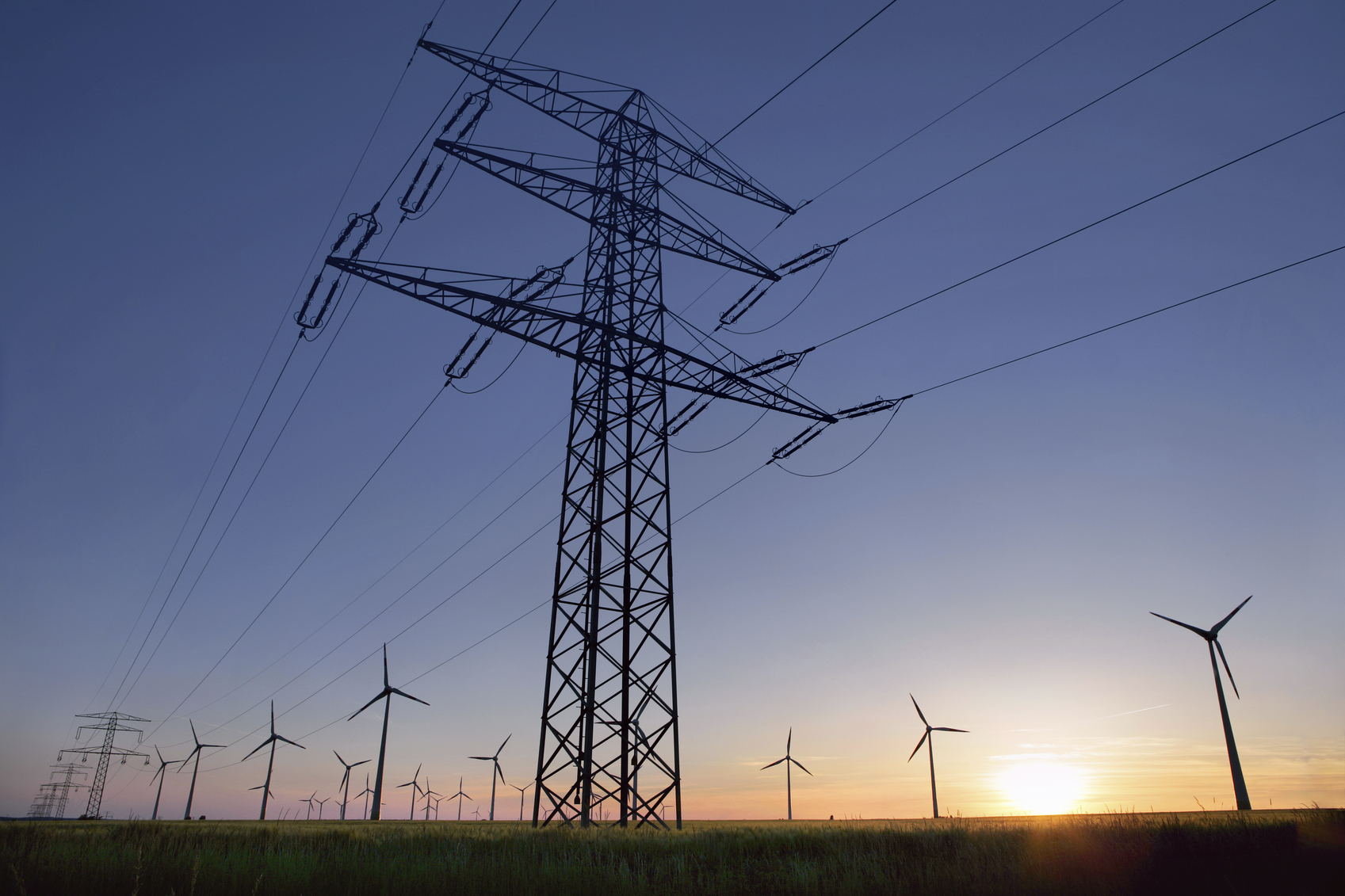 The electric grid is an amazing integrated system of machines spanning an entire continent. The National Academy of Engineering has called it one of the
The electric grid is an amazing integrated system of machines spanning an entire continent. The National Academy of Engineering has called it one of the 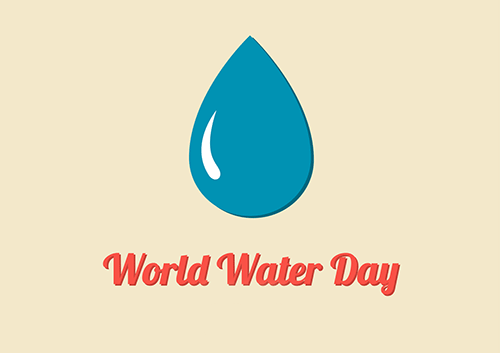 Every year on March 22, people around the globe celebrate World Water Day to advocate for improved access to clean water internationally. To date, there are over 663 million people living without a safe water supply close to home, leading to families spending countless hours retrieving water from distant sources or coping with the health impacts of using contaminated water.
Every year on March 22, people around the globe celebrate World Water Day to advocate for improved access to clean water internationally. To date, there are over 663 million people living without a safe water supply close to home, leading to families spending countless hours retrieving water from distant sources or coping with the health impacts of using contaminated water.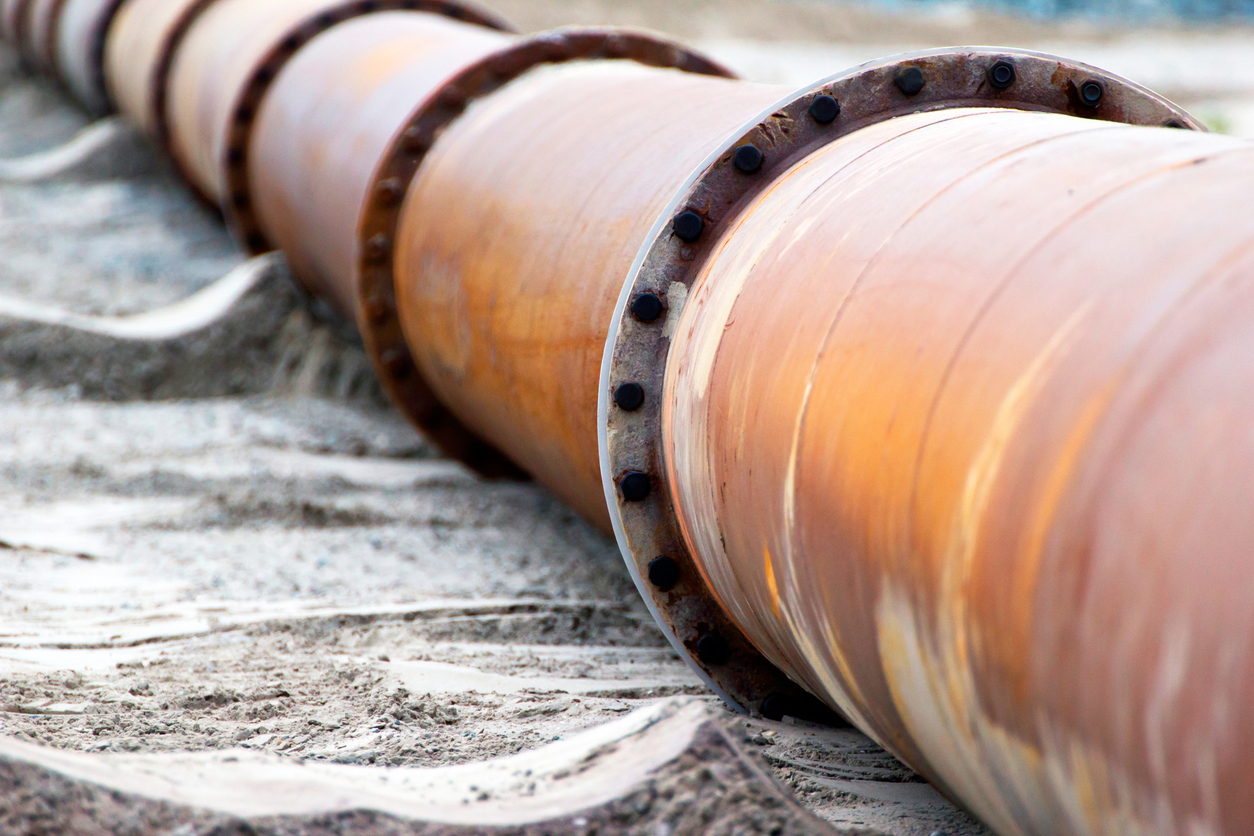 For many centuries, lead was the favored material for water pipes due to its malleability. However, the health hazards associated with ingesting lead were not fully understood until the late 1900s. Now, with a massive water infrastructure that utilizes lead pipes and instances of corrosion and leaching causing development and neurological effects in young children consuming tainted water, researchers from Washington University in St. Louis are researching the potential impact of replacing lead pipes.
For many centuries, lead was the favored material for water pipes due to its malleability. However, the health hazards associated with ingesting lead were not fully understood until the late 1900s. Now, with a massive water infrastructure that utilizes lead pipes and instances of corrosion and leaching causing development and neurological effects in young children consuming tainted water, researchers from Washington University in St. Louis are researching the potential impact of replacing lead pipes.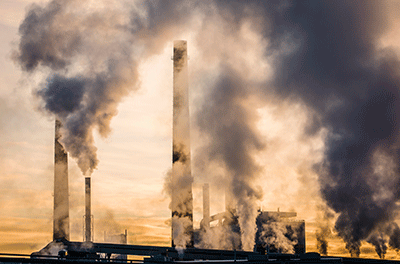 Chemists have engineered a molecule that uses light or electricity to convert carbon dioxide into carbon monoxide—a carbon-neutral fuel source—more efficiently than any other method of “carbon reduction.”
Chemists have engineered a molecule that uses light or electricity to convert carbon dioxide into carbon monoxide—a carbon-neutral fuel source—more efficiently than any other method of “carbon reduction.”
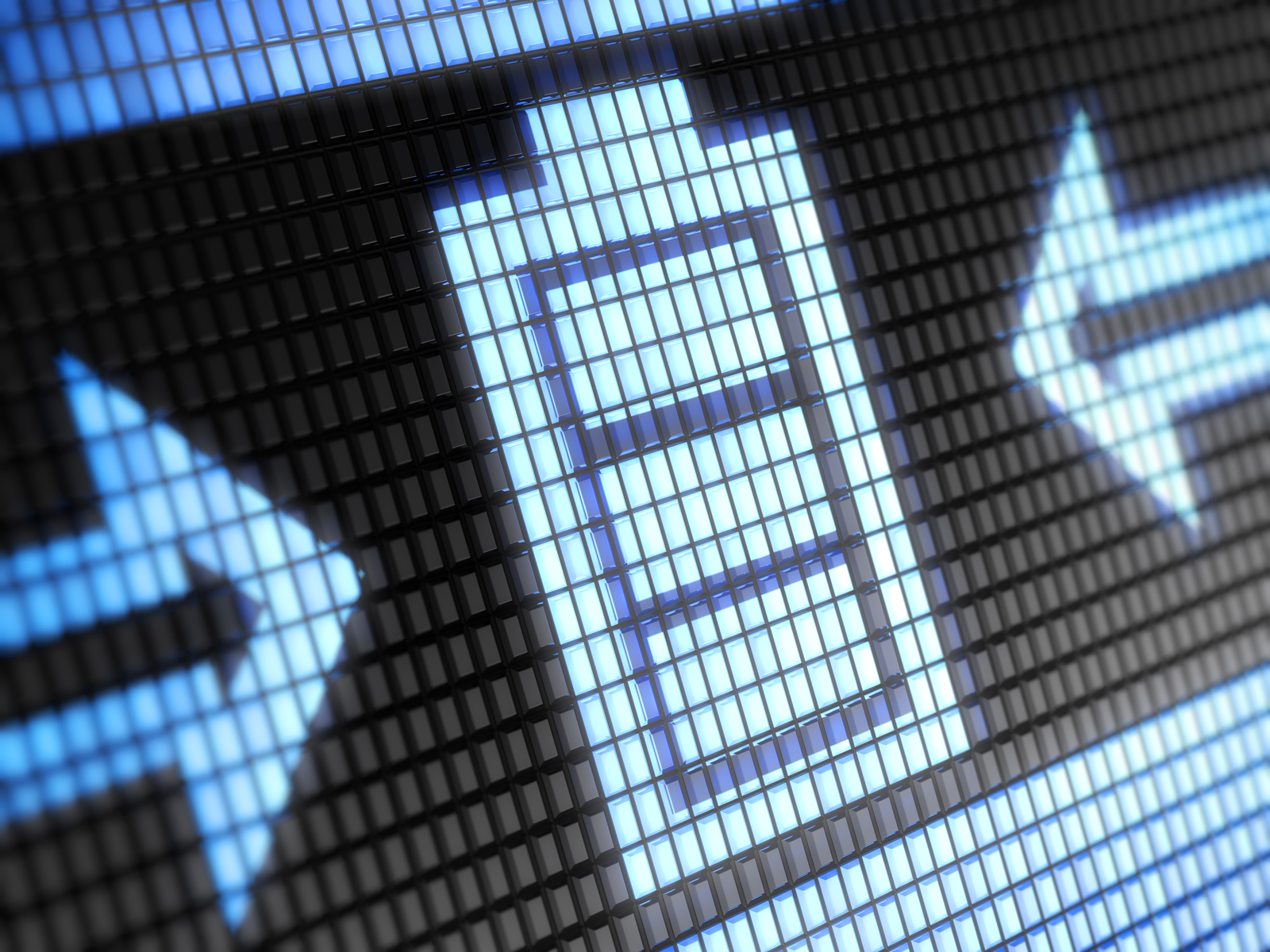 Reports of a woman’s
Reports of a woman’s